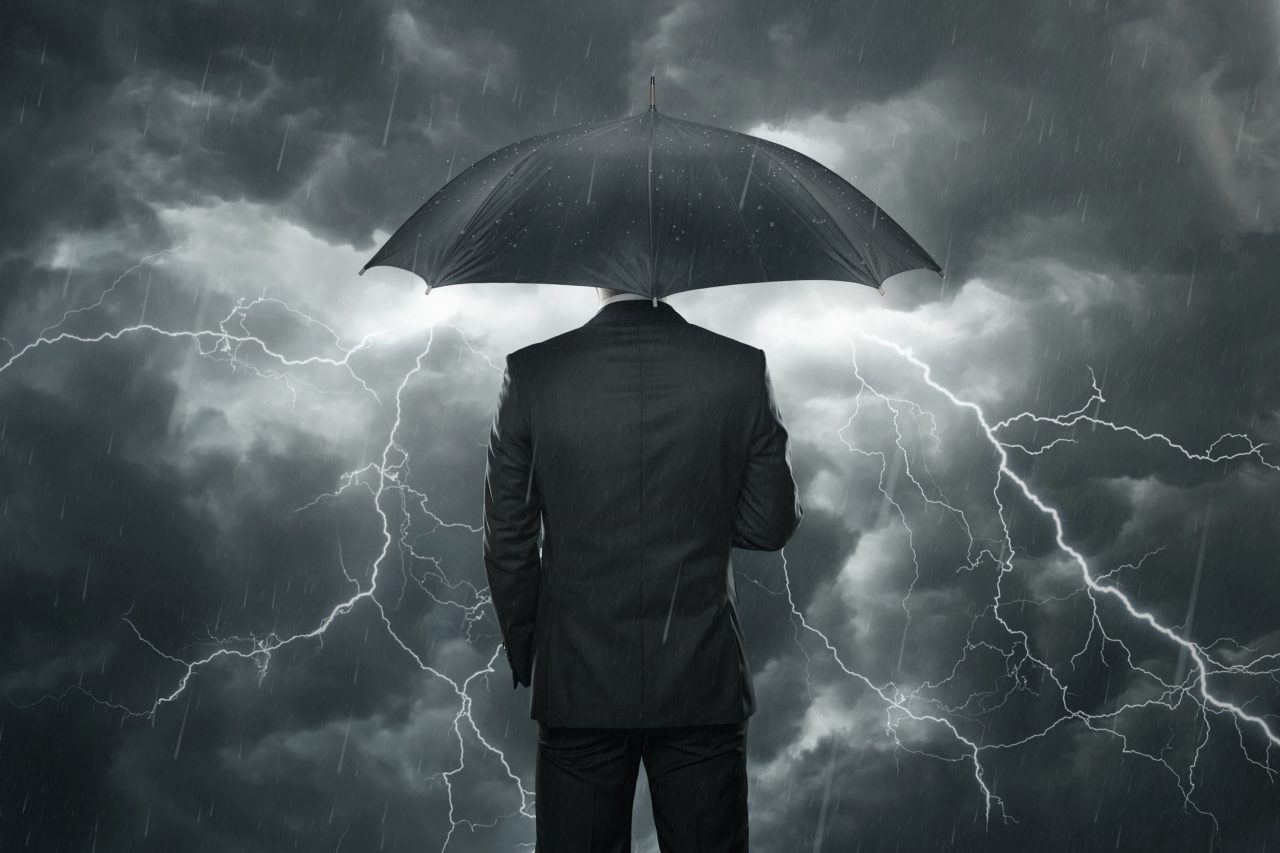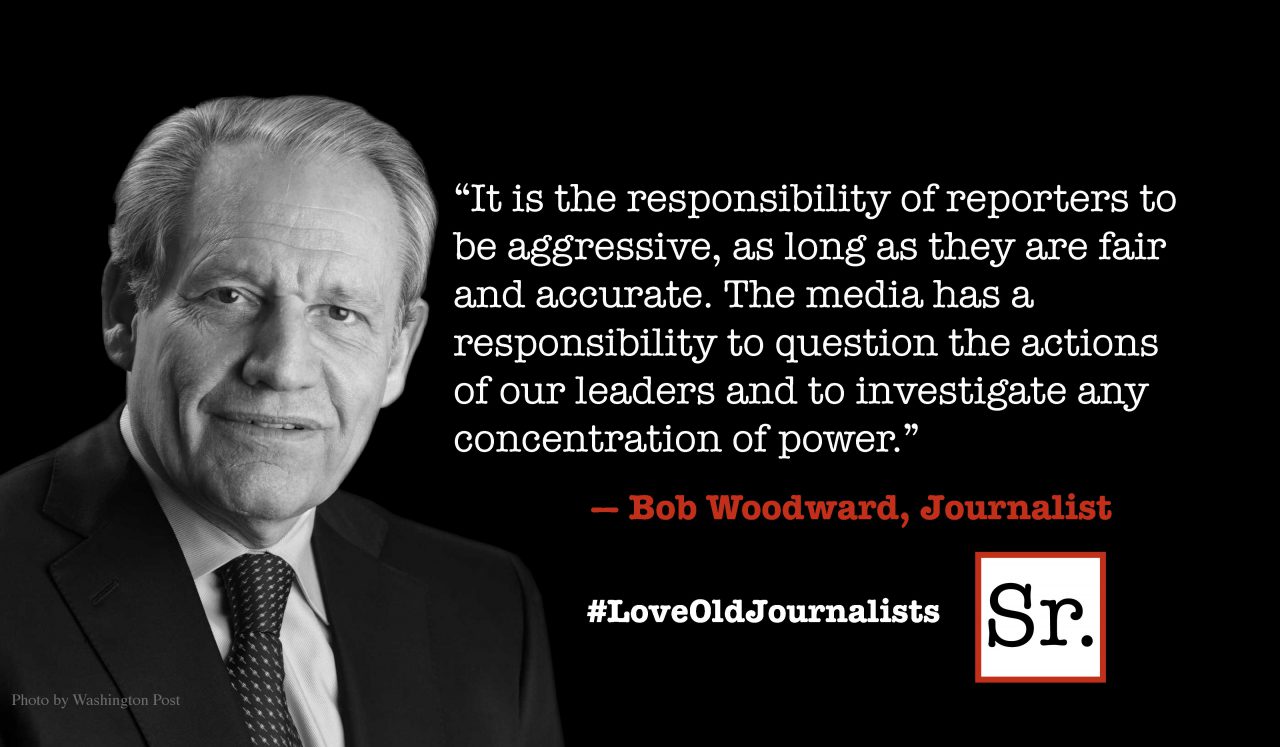All this severe weather on both coasts this weekend got me to thinking about the tornado that hit on New Year's Eve several years back. This type of storm would not have surprised us in warmer weather, but in December it was shocking. It seemed to come out of nowhere and it served to remind us that Nature sometimes does some seemingly unnatural things.
That reminded me of another kind of storm. It is the kind of storm that frequently happens when groups of people come together to work toward a common set of goals. This storm can involve two people, or more. It can happen in our business life or in our personal world.
In over two decades of training, developing and coaching business teams, we have observed this human dynamic repeatedly. Like a mid-west tornado, it seems to come out of nowhere, catch folks by surprise and can cause huge amounts of damage in terms of working relationships and problems that can negatively impact the bottom line. And yet, it is a completely natural and predictable human dynamic.
Bruce Tuckman's Forming-Storming-Norming-Performing model, is the most famous model for team development, and dates back nearly 50 years. Tuckman's model explains the predictable behavior of a work team. The Forming-Storming-Norming-Performing stages are relatively easy to see, but can be very difficult to manage. The main reason for this difficulty seems to be an unrealistic expectation that we can speed to the performing stage without passing through the first three stages.
The “forming” stage, or the "come together" stage is the most critical stage of team development. It is at this stage when team members can focus on clarifying their expectations of each other, and get to know more about the strengths each member brings. It is also a time to learn more about each other's approach to the team's mission and team member's individual behavioral styles.
The honeymoon is over in the “storming” stage. Clashes are common. Disagreements may take place. Differences appear larger than commonalities. The bigger the storm, the more inclined we are to revert to survival mode, and this can lead to more focus on individualism than on what's best for the team. Too much time spent in this stage can sabotage the team's productivity.
In the “norming” stage, the team finally begins to find its way, developing practical methods to work together. Often, the team will bounce back and forth between “storming” and “norming,” at this stage.
In the “performing” stage, the team becomes an effective, cohesive unit. Work gets done with less and less effort. It's a beautiful place to be, but we cannot become too comfortable there.
The high performing team can be upset by change. Change in membership is particularly challenging and can send the team right back into storming. We find that the wise team will recognize the potential impact of change and will actually take itself back to forming. This team will literally spend time re-forming itself, within the context of what has changed, so that it can move rapidly through storming, norming and into performing.
Moving efficiently through the four stages into a high performing mode can often be difficult for a team. When this occurs, an expert in team development can be a great resource.
You may remember, “The Secret Storm,” a soap opera that aired on CBS from 1954 to 1974. If working on your team begins to resemble a soap opera, don't let the drama go on for 20 years.









